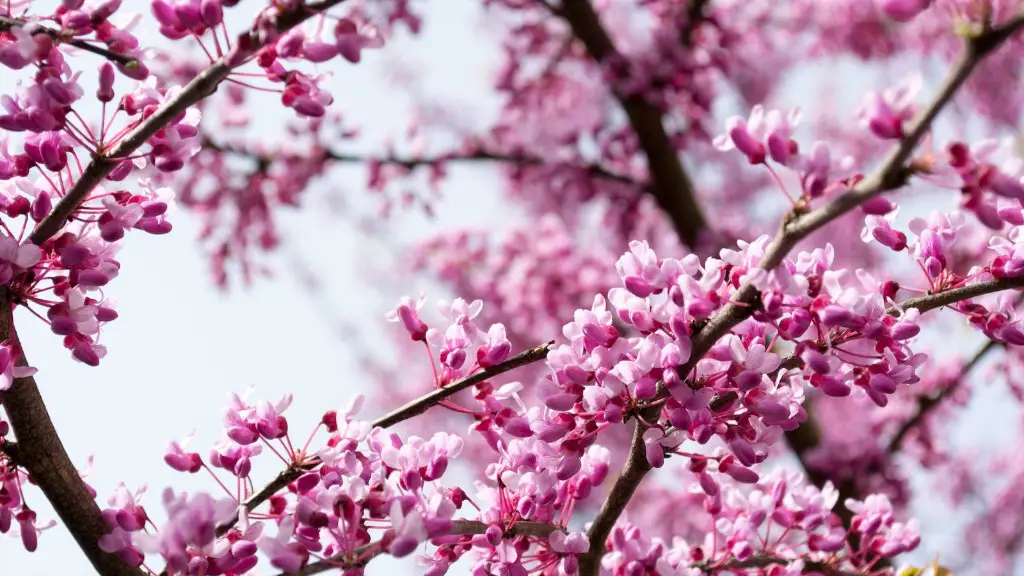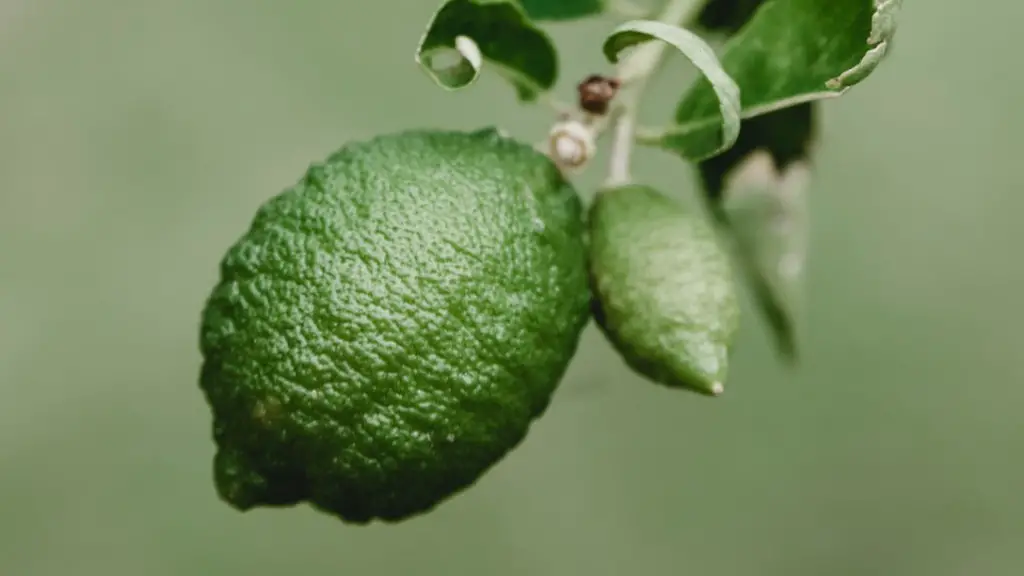Can you plant a lemon tree? Absolutely! Growing a lemon tree from seed or a container-grown tree is quite straightforward. It does, however, require dedication and time for the tree to reach maturity, at which time it may or may not bear fruit. Here’s what you need to know if you’d like to bravely attempt to cultivate a sweet lemon tree in your back garden.
Firstly, lemon trees thrive in sunny locations with temperatures consistently above 20C (68F) during the day and 13C (55F) at night. If your climate is too cold most of the year, lemon trees can be grown in containers and brought indoors when temperatures fall dramatically. That said, citrus trees grown in containers produce smaller fruits than those grown outdoors.
If you’re located in an appropriate climate to grow lemon trees outdoors, planting them in loamy, well-draining soil is ideal. In warm, humid regions, citrus trees benefit from deep watering and providing fertilizer at least twice a year using a top-quality fertilizer specially formulated for citrus. Choosing a spot that is well-ventilated is also crucial due to citrus trees’ susceptibility to leaf diseases.
When the time comes to pick a tree, it’s a good idea to choose a dwarf variety if you have limited space or lack the time or dedication for a full-sized lemon tree. They can still yield an abundance of fruit, but may take a few seasons longer to mature. Don’t forget to buy a quality soil for your tree; it is a good investment as the tree will be dependent on soil with the right pH and nutrients for the production of healthy fruit.
When you have chosen a tree and the soil, the next step is to dig the planting hole. When selecting the size of your hole, ensure that it’s at least 18 inches wide, has 3 times the diameter of the container, and has a loose soil-and-compost mix at the bottom to aid drainage. Once planted, the trunk should be upright, and the top of the root ball should be level with the soil surface.
Finally, new lemon trees also need to be pruned (or trimmed), otherwise they will grow out of control, bear little fruit, and become an eyesore in the landscape. Start pruning in late winter or early spring, focusing mainly on the interior of the tree to allow for air circulation and light. Annual pruning, along with proper fertilization, is necessary for lemon trees to reach their production potential.
Fertilization
Lemon trees rely heavily on seasonal feeding, with fertilizer applied twice a year – typically in April and August. The slow-release granular fertilizer should contain nitrogen, boron, phosphorus, magnesium, sulfur, iron, and manganese for optimal tree health and fruit yield. Fertilizer should be applied in a 3-foot (.9 m) circle around the trunk, and depending on the size of the tree, 4-6 lb (1.8-2.7 kg) of urea or ammonium sulfate is usually adequate.
It’s important to avoid over fertilizing your tree, as it may cause the leaves to yellow and can damage the roots. Over fertilization can also cause plants to grow more foliage than flowers and fruit, leading to fewer or no fruit at all. Thus, it’s critical to use the recommended dose and the appropriate grade of nitrogen for your species.
For a milder climate, it’s best to supplement the regular fertilizer applications with micronutrients such as boron, copper, iron, and zinc, which are hard to find in organic fertilizers. These can be applied together with a balanced fertilizer, or as a separate feeding. Wet the foliage while feeding to reduce the risk of leaf burn, and be sure to water the tree after feeding to activate the fertilizer.
Watering
Proper watering will help your lemon tree establish itself and promote healthy growth. New trees should be watered thoroughly every 1-2 weeks during the first three months, provided that the soil isn’t water-logged, and then twice a month for the remainder of the first year. During summer months, when trees are actively growing, they need more frequent deep waterings, between every 5 and 7 days – longer periods of drought can cause the fruit to the yellow and drop prematurely.
Once a tree is established, researchers recommend monitoring soil moisture to determine the need for additional water rather than engaging in a set watering schedule. When established, most lemon tree varieties prefer soils that are kept slightly moist but not saturated, with deep waterings every 10-14 days.
The amount of water needed varies depending on soil type, climate conditions, and the size of the tree. A general rule of thumb is to apply 1.5 inches (3.8 cm) of water per week in the spring and summer, split into two waterings to avoid overwatering. If the soil is sandy, water more often; if it’s clay it should be watered less frequently.
One of the best ways to ensure adequate watering is to use mulch to retain soil moisture, prevent weeds, and protect the root system from temperatures that are too extreme. Use a 2 to 4-inch (5-10 cm) layer of mulch, making sure to not spread it further than the width of the canopy.
Diseases
Citrus trees are susceptible to several diseases, but the most common one is citrus leaf miner. This pest is a small moth whose larvae tunnel through the leaves, eventually making the leaves curling and wilting. To prevent this, keep the area around the tree free of debris and droppings and keep the foliage dry and free from moisture.
It’s also possible for lemon trees to become infected by citrus canker and blight, two bacterial diseases characterized by spots on the leaves, wilting, and leaf discoloration. If this happens, it’s best to trim away the affected parts, keep the surfaces of the tree dry, and destroy the affected foliage before it can spread to other parts of the tree or the entire grove.
Pests
The most common pest of citrus trees is the citrus mealybug, which feeds on sap, flowers, and fruits. It can be easily recognized by white, waxy-like spots on the top of the foliage and on the bark of the tree. The best way to control mealybugs is to apply an insecticidal soap or horticultural oil to remove them.
Another pest that can infest lemon trees is the whitefly, which is identified by a white “dust” and tiny whiteflies on the undersides of leaves. Fortunately, like mealybugs, whiteflies can be controlled with an insecticidal soap or horticultural oil.
The least welcome pest of all is the citrus nematode, which is a tiny worm often found in the soil that can feed on the roots and leaves of citrus trees. To detect nematodes, a soil sample must be tested; there is no practical way of detecting them visually. To control the nematodes, the use of an intermediary host (a plant such as chicory) or soil tilling and crop rotation can be effective.
Harvesting
Once a tree is mature enough, it may take up to 12 months to yield fruit. Harvesting is typically done by hand, as the fruit can be easily damaged by mechanical harvesting. Since fruits don’t produce more sugar after being harvested, they should be harvested when they are ripe – when they turn orange, yellow, or are still mostly green but contain a yellow tinge. Be sure to use pruning shears or scissors to cut the fruit from the tree, as twisting or pulling them can cause damage to the plant.
It’s important to note that a single tree can only yield around 40-50 fruits each year, so don’t expect a large bounty. However, if you take good care of the tree and provide it with the right environment, you can enjoy an abundance of sweet, juicy lemons for many years to come – and you’ll be able to share the bounty with your family and friends, who are sure to be amazed by your dedication and determination to grow a lemon tree.



